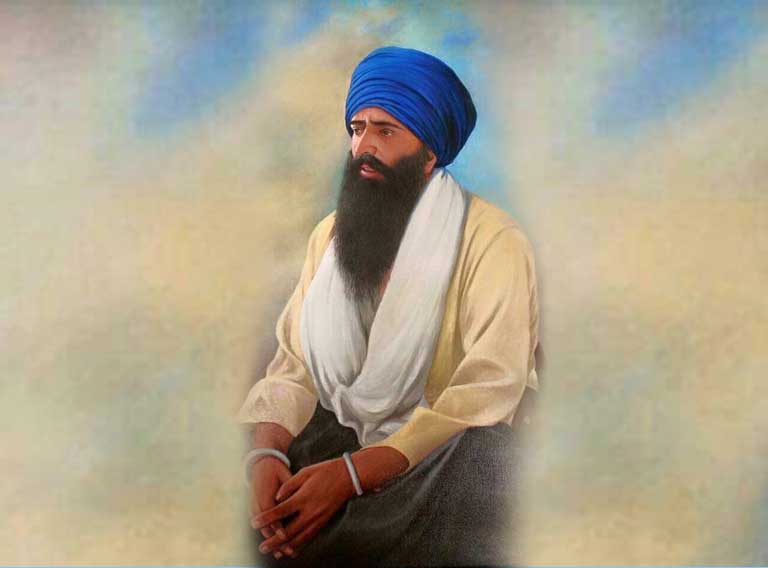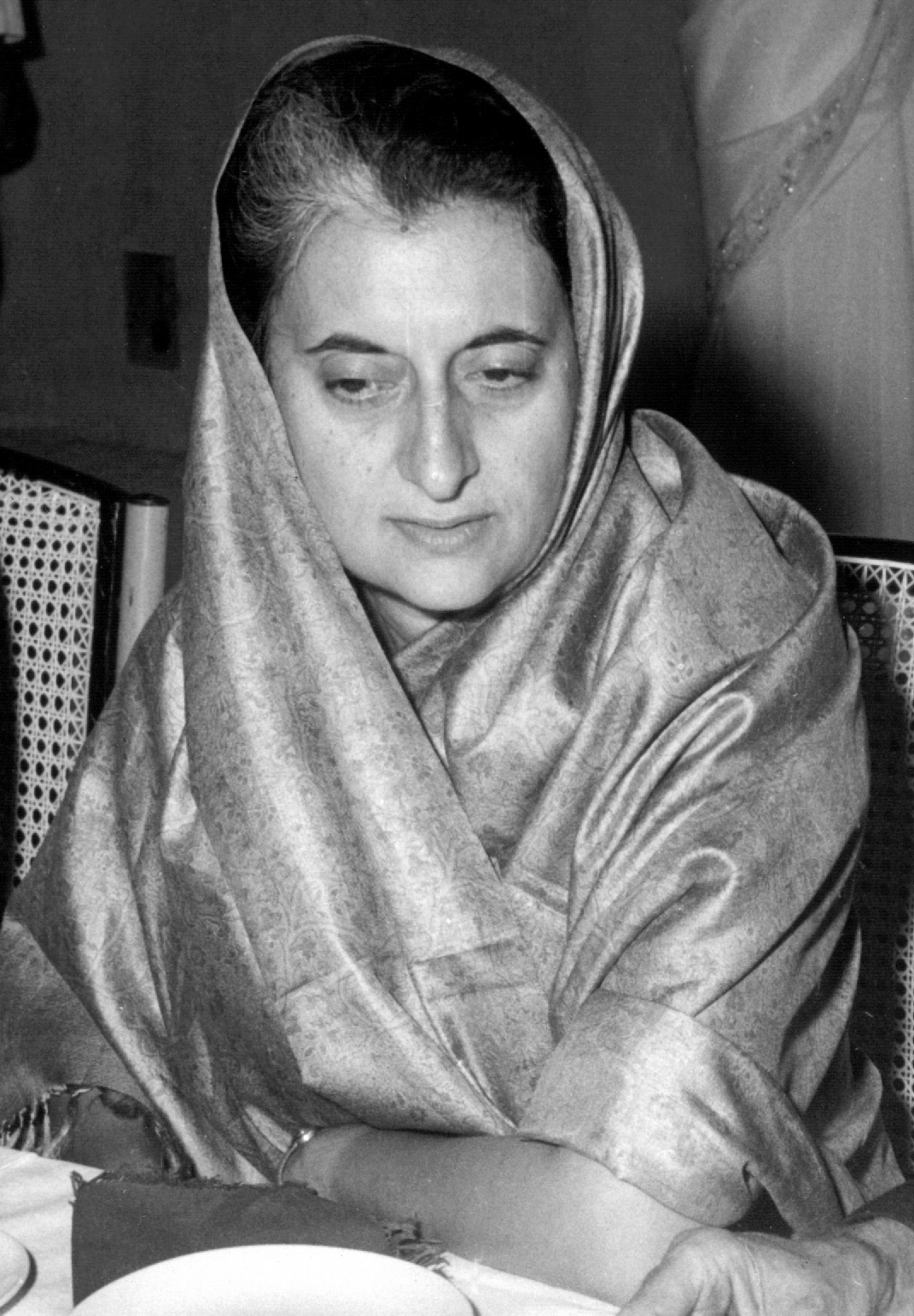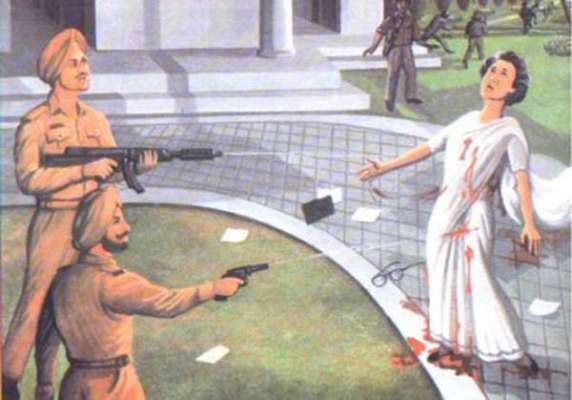Operation blue star was one of the most tragic episodes in the history of independent India.
A tragedy that shook the roots of our nation, divided the
Hindus and Sikhs, saw large scale mass-killing of the police force and the
common man equally, and witnessed a complete forum of disarray and lawlessness,
the Operation Blue Star when the military marched into the Golden Temple in
Amritsar to end the disruption created by the Akali Dal, headed by Bhindranwale
in Punjab.
Rise of Bhindranwale:
In 1977, owing to the contentious decision of declaring
an emergency in India, Indira Gandhi’s Government was ousted out of power.
Indira took a step back from active politics whilst her son, Sanjay Gandhi became
an active stakeholder in the congress. Sanjay Gandhi, impressed by the shrewd
character of Jarnail Singh Bhindranwale, not only joined hands with the Akali
Dal but also vested the interest of Punjab into their hands.
It soon came to a stage where Bhindranwale became the
sole force in Punjab. He was more of a tyrant that a party-elect. He instilled
widespread fear amongst government officials and no one, including the Chief
Minister of Punjab, Darbara Singh could stand up to his might and vigour.
On 24th April, 1980 the third Guru of the
Nirankari Sect, Gurbachan Singh was assassinated, which furthered the agenda of
the Akali Dal to demand for the creation of a safe space for the Sikhs,
Khalistan. The Akali Dal started strengthening their force with increase in
arms and ammunitions under the pretext of protection and security just as the
military or the police does.
Impact of the Come-back of Indira Gandhi’s Government:
Indira Gandhi also known as the Come-back queen made her
entry into active politics once again by winning the hearts of the voters by
her new agendas and resolutions.
She denied having known Bhindranwale or his association
with the congress. Soon, the Akali Dal was out of power in Punjab, but it still
felt as thought Punjab was protecting the party’s interest because their agenda
of creation of Khalistan, handing over Chandigarh to Punjab and getting a
larger share of the river water was not fulfilled.
Bhindranwale got arrested on the grounds of sedition and
criminal conspiracy against the government but this didn’t not prevent his
followers from diverting from the main agenda. He was soon released on bail and
came back stronger with a hint of brutality and apathy.
A police DIG was assassinated and left to die on the
steps of the Holy Golden Temple, with no one wanting to help him because of the
fear of Bhindranwale. Such was the anarchy and mayhem that governed Punjab.
Immediate Actions taken By Indira Gandhi:
The first thing that Indira Gandhi did was make Zail Singh the President of India. Zail Singh was one of the few who wasn’t
intimated by the might and power of Bhindranwale and his party. Also, the
rationale behind making Zail Singh the President was to pacify the sentiments
of the Sikhs.
A bus filled with Hindus enroute Jalandhar was stopped
and passenger were killed in front of their families. This was the saturation
point for the congress and led them to declare Presidents Rule in Punjab, after
removing Darbara Singh from the post of Chief Minister.
Meanwhile, weapons were reaching the Golden Temple in
cooking vessels and neither the state government nor the centre wanted to take
the responsibility of the having overlooked the same.
The blame game continued until Narsimha Rao, the then
External Affairs Minister, agreed to give into the Akali Dal’s want of
Chandigarh, but now Bhindranwale was in the mood to pick a fight with the
ministry and declined all negotiations.
Indira’s Audacious Step:
Indira Gandhi appeared on Door Darshan to appeal for the
final time. Her appeal fell on deaf ears. Without taking the newly appointed
President in confidence, Indira declared Operation Blue Star in 1984.
Military Rule was initiated in and around Punjab, all
food supplies to the Golden Temple were suspended, the India- Pakistan border
was sealed and the military was given the order to march into the holy
sanctuary.
The order was to first let innocent people out of the
temple and not fire at the Akhal Takht, but amongst the turmoil many lost their
lives and the Akhal Takht was reduced to shambles.
The mission ended with the army finding the dead body of
Bhindranwale and taking charge of the temple.
After-Effect of the Operation:
Punjab and all of India saw a Hindu-Sikh rivalry. Our
homeland witnessed riots and mass-killing once again in the name of religion.
A day later Zail Singh, the President went to the site of
shooting as a mark of respect for all those who succumbed to the warfare. He
was shot at from a distance, but the bullet missed him and instead hit the
shoulder of his bodyguard.
As for Indira, her end was close and she knew it. She was
assassinated by her own trustworthy Sikh bodyguards. It was only a matter of
few months before Indira reaped the consequences of her audacious decision.
She had hurt the sentiments of the masses whilst trying
to protect the nation from a tyrant and paid a heavy price for the same.
The mission was successful is the sense that it
terminated a bulk of extremists in Punjab but an utter failure when seen from the
point of view of complete destruction of the Harmandir Sahib and the Akhal Takht.
Written - Tushna Choksey






.jpeg)







0 Comments